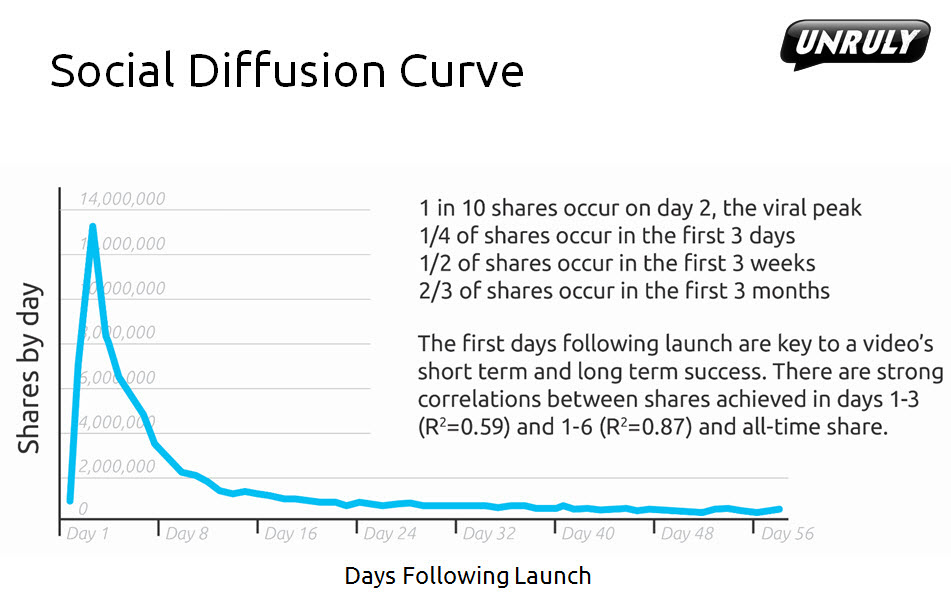Blog
Blogroll
- CGAP Blog
- Co.Design
- Democracy in Development
- From Poverty to Power
- Impatient Optimists
- Innovations for Poverty Action
- Neiman Journalism Lab
- Next Billion Blog
- NYTimes: Fixes
- NYTimes: India Ink
- PBS: Media Shift
- Poverty Matters Blog
- Stanford Social Innovation Review
- TED: Global Issues Blog
- Undercover Economist
- View From the Cave
- World Bank: Development Impact
- World Bank: Perspectives on Development
Going Viral
The Dollar Shave Club ad has shown the world that it doesn’t take lots of dollars to make a video that goes viral.
The now-legendary low budget video ad made by the Venice, California-based $1 razor company nearly crashed the company’s Web site when it was released, and contributed to huge investor interest in the company.
The search for the viral video holy grail is rapidly becoming big business. In reality, making a video that “goes viral” remains more mystery than art or science. But now the folks at Microsoft Research have created viral search, an algorithm that maps what happens when content goes viral, as this video shows:
This video does a great job of explaining what “going viral” means–what happens. But how do you create viral content?
Creating Viral Content
Experts who study the science of video virality for advertising purposes say there are two key ingredients to making a video that goes viral: the strength of the psychological response, and the strength of the social motivation—the reason viewers share.
It means provoking an emotional response in your audience, positive or negative. On the positive side, it might mean making them laugh, pulling on the heart strings, perhaps appealing to nostalgia or arousal—all things Hollywood has known for generations. Negative reactions—disgust, anger, shock, or fear—are also effective.
Social Sharing
The psychological response is only one part of the viral recipe. What makes people share?
We know that visual content is king on social. Tweets with photos and images are tweeted significantly more than other content. But what provokes sharing that makes a video go viral? Here the answers from the experts are a lot more nebulous.
People share because they want to share social good, because a piece of content captures the zeitgeist or connects practically to real life (e.g. sharing the trailer of a movie with a friend that you want to see this weekend with that friend).
Marketing (and planning) matters
Great content is great. But if you really want a video to go viral it won’t happen magically. Videos that are part of a communications campaign have a much greater chance of success.
This graph shows that distribution matters, particularly in the first few days.
An important part of the Dollar Shave Club video’s viral success came from the press coverage they received when the video went live.
Key influencers are a critical part of a good communications plan. When DDB parodied #FirstWorldProblems to bring attention to the water crisis in developing countries, their communications campaign involved celebrities sharing the video with their Twitter followers.
Science or art? I like to think there’s still some magic in creating great original content. But even the best content stands a much better chance with a good communications plan.

